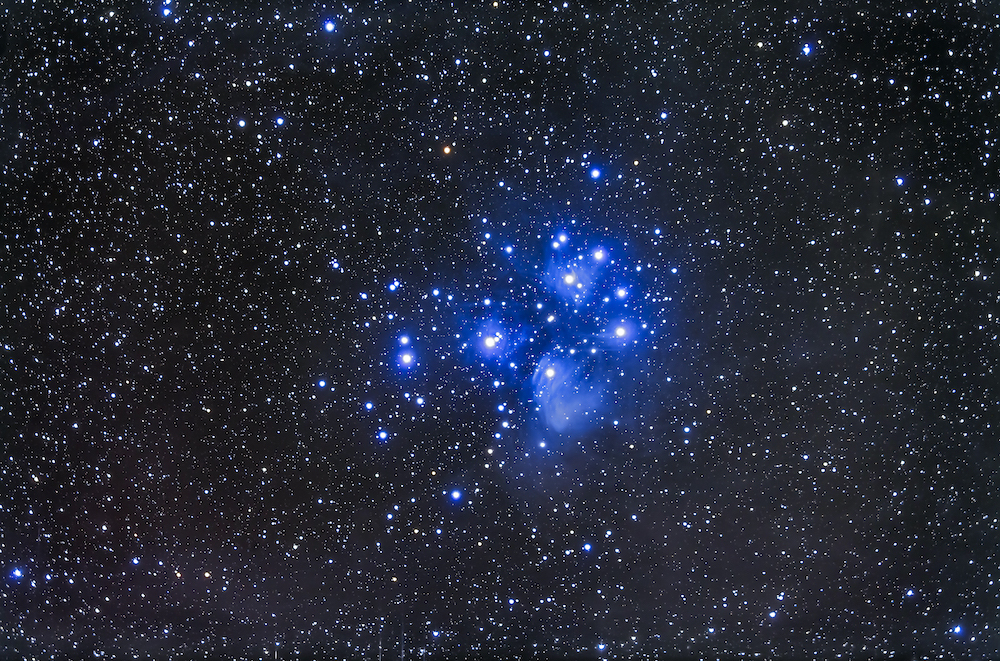"The universe may be more unstable than you think"

Vacuum expectations
Our universe has not always been the same. In the earliest moments of the Big Bang, when our cosmos was a mere fraction of its current size, the energies and temperatures were enormously high that even the fundamental rules of physics were completely different. Most notably, physicists believe that at one time, all four forces of nature (gravity, electromagnetism, strong nuclear and weak nuclear) were merged into a single, unified force.
The nature of that unified force remains a mystery, but as the universe expanded and cooled from initial state, the forces peeled off from each other. First came gravity, then strong nuclear, and lastly electromagnetism and the weak nuclear force split from each other. That last step we can recreate in the lab. In our most powerful particle colliders, we can achieve the energies needed to – temporarily, at least – recombine those forces into a single “electroweak” force.
The deciding Higgs boson
The current stability of the vacuum depends on how ultimate that splitting of the electroweak force was. Did that splitting bring the universe to its final, lowest-energy ground state? Or is it merely a pitstop on the road of its further evolution?
The answer comes down to the masses of two fundamental particles. One is the Higgs boson, which plays a major role in physics: Its existence triggered the separation of the electromagnetic and weak nuclear forces all those billions of years ago.
At first, when our universe was hot and dense, the Higgs stayed in the background, allowing the electroweak force to rule unimpeded. But once the universe cooled beyond a certain point, the Higgs made its presence known, and interfered with that force, creating a separation that has been maintained ever since. The mass of the Higgs boson determined when that splitting happened, and it regulates how “strong” that separation is today.
Stability of the universe
When physicists first calculated the stability of the universe, as determined by the Higgs boson’s ability to maintain the separation of the electroweak force, they didn’t know the mass of either the Higgs itself or the top quark. Now we do: The top quark weighs around 175 GeV, and the Higgs around 125 GeV.
Plugging those two numbers into the stability equations reveals that the universe is… metastable. This is different than stable, which would mean that there’s no chance of the universe splitting apart instantly, but also different than unstable, which would mean it already happened.
Instead, the universe is balanced in a rather precarious position: It can remain in its present state indefinitely, but if something were to perturb spacetime in just the wrong way, then it would transform to a new ground state.